Cinnamon is a common baking spice known for its warm fragrance. Whether ground or in whole sticks, this versatile spice is often found in both sweet and savory dishes. But, is cinnamon gluten-free? Find the quick answer to this and more below!
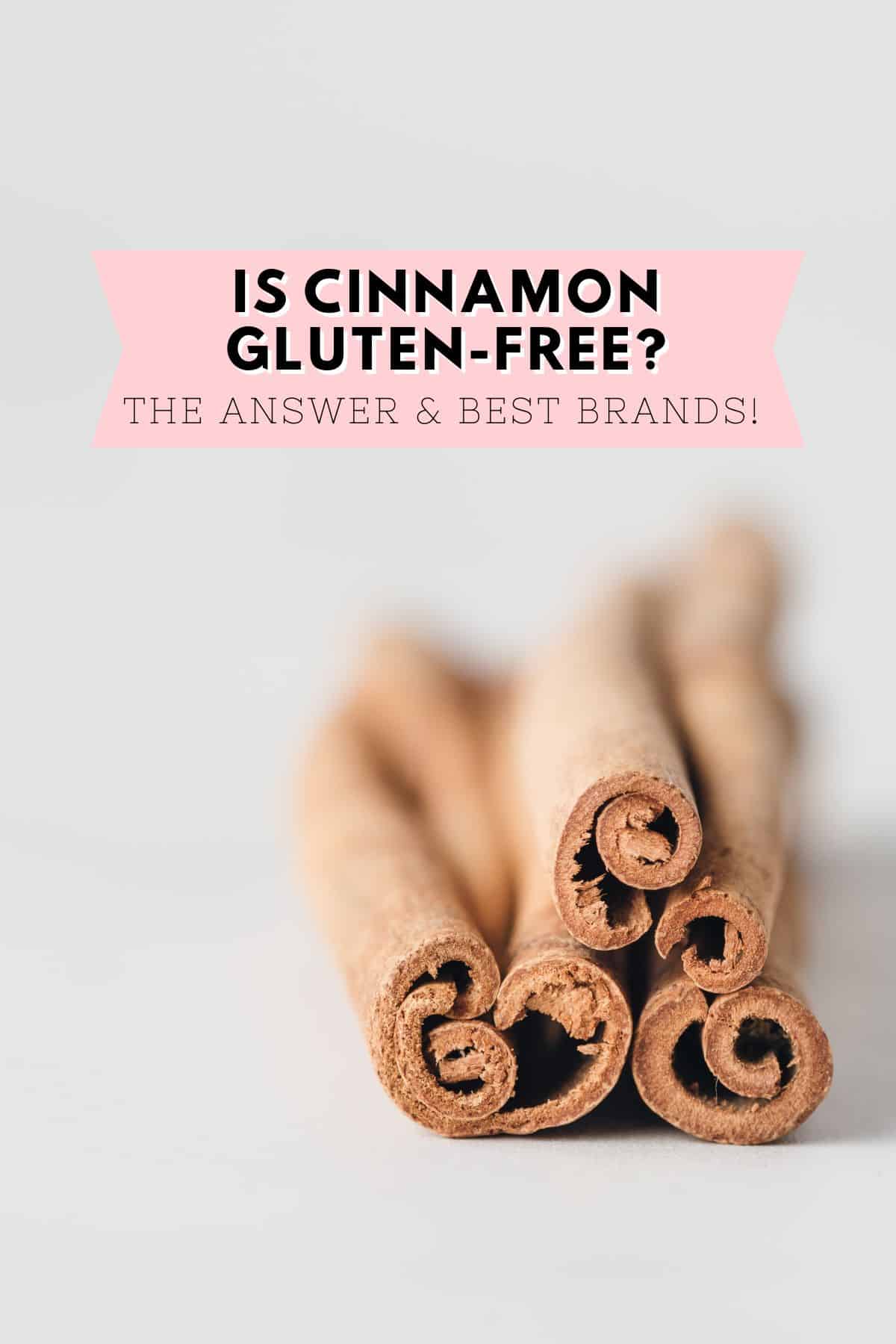
Jump to:
Cinnamon is a beloved ingredient used in many dishes and baked goods. It adds warmth and sweet fragrance to many recipes including delicious gluten-free cinnamon rolls, sweet potato casserole, gluten-free graham crackers, gluten-free oatmeal cookies, and even your favorite pumpkin spiced coffee.
If you are gluten intolerant due to celiac disease or other gluten sensitivities or gluten allergies, it's always best to know for sure if your ingredients are gluten-free and cinnamon is no exception. So let's dig in and find out if cinnamon is gluten-free and safe for a gluten-free diet!
Is Ground Cinnamon Gluten-Free?
Yes, cinnamon is considered gluten-free. Cinnamon comes from the bark of trees from the Cinnamomum genus. The bark is processed and sold as sticks or ground into a powder and sold as ground cinnamon or powdered cinnamon. In any case, cinnamon is naturally gluten-free.
The most common species utilized for cinnamon production is Ceylon cinnamon (Cinnamomum verum). Other species are also cultivated for cinnamon spice production, they are Chinese cassia (Cinnamomum cassia), Vietnamese, or Saigon, cinnamon (C. loureiroi), Indonesian cinnamon (C. burmannii), and Malabar cinnamon (C. citriodorum).
Regardless of the species, these trees are not a cereal grain, like wheat, barley, or rye, and they do not contain the gluten protein.
How Do I Know if Cinnamon is Gluten-Free?
Even though cinnamon is naturally gluten-free, you must still consider a few details when it comes to which cinnamon to use or buy. Mostly this centers around manufacturing practices. Here's what to look for at the grocery store.
- Check the label. Single-ingredient spices, like cinnamon, often do not have a traditional nutritional label or list of ingredients because the only ingredient is the spice listed on the front of the package.
That said, it's good practice to check for a list of ingredients because you never know when an anti-caking agent or filler may be added. While rare, wheat or wheat starch could be used. If so, this should be listed as in ingredient and declared in an allergen statement. - Choose brands known to be transparent with ingredients and labeling practices. The best brands will either label spices gluten-free or have good allergen policies in place, allowing you to make an informed decision.
The absence of a gluten-free claim on the label, is not necessarily an indication that the cinnamon is unsafe to consume. Many brands do not label naturally gluten-free spices as gluten-free but rather consider them as such, so no need to label.
Even still, some may be concerned with tiny amounts of gluten getting into the final product during manufacturing, rest assured you can easily find cinnamon that is labeled gluten-free if that gives you peace of mind. - Avoid the bulk bin. This could be a spot for high levels of cross-contamination. It's best to avoid these types of spices.
- Choose domestic brands. Spices imported from other countries may not adhere to the same standards and labeling practices as those products produced in the United States.
- Consider the amount consumed in an average meal. As this video illustrates, if a spice contained 20 ppm of gluten and you consumed 1 ounce of that spice, you would ingest 0.57 mg of gluten. (Someone with celiac should not consume more than 10-50 mg per day.) What does this mean?
Well, typically the amount of any given spice used in an entire recipe is much less than one ounce, combined with the fact you likely aren't consuming the entire dish yourself.
When it comes to spices, it would take either an extremely high level of cross-contact or you would need to consume a really large quantity of the specific spice to garner effects from gluten.
Not that this can't happen, but this should be factored into your decision process. *This is not to say it's ok to consume a spice with known wheat ingredients.
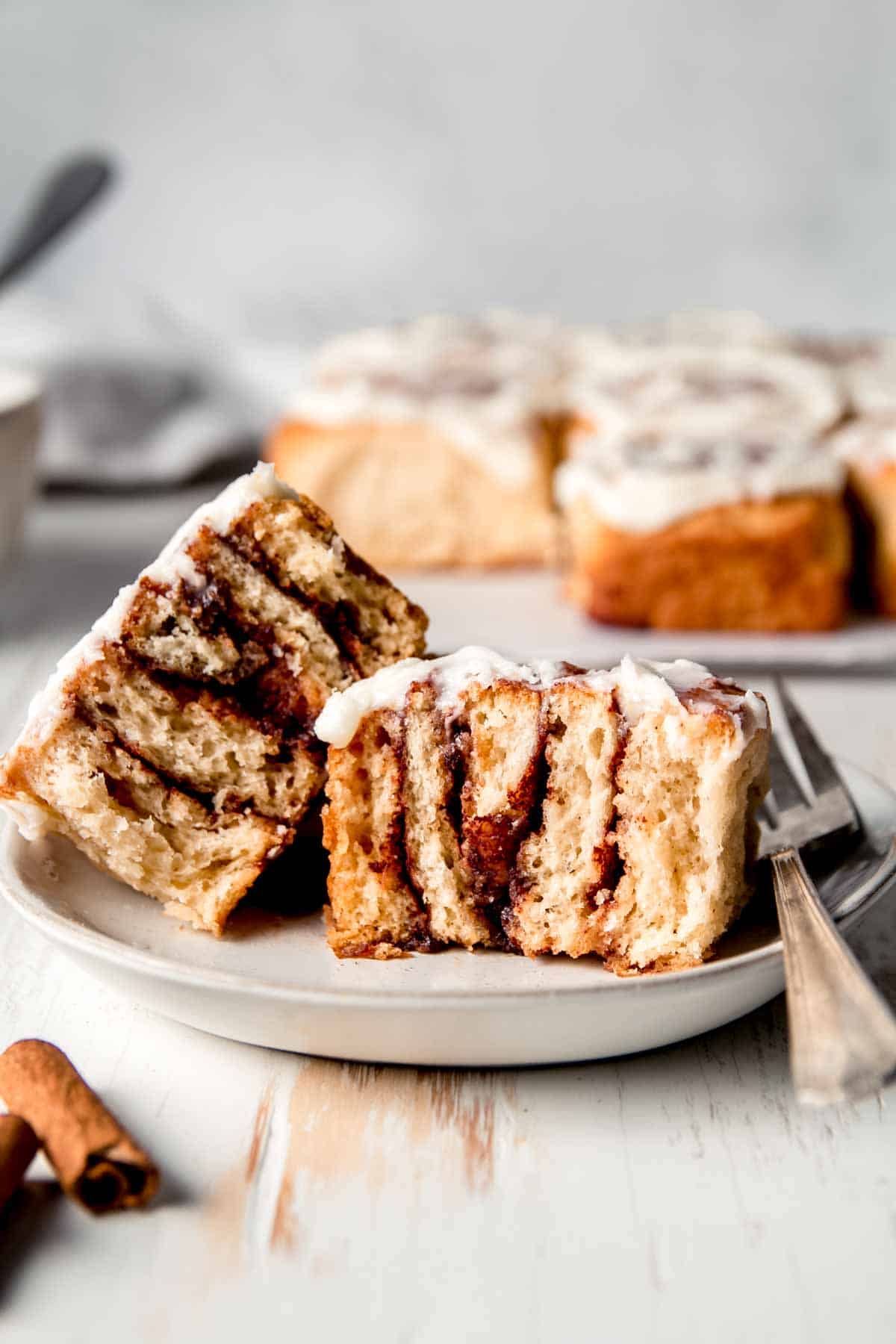
What are Anti-Caking Agents?
Anti-caking agents are anhydrous compounds added in small amounts to dry foods to prevent the product from clumping together which ensures it remains dry and free-flowing.
One such agent is Silicon dioxide (Silica), a mineral that is derived from quartz. It is often added to spices as it is one of the most effective anti-caking agents.
Powdered cellulose or potato starch are also anti-caking agents often found in shredded cheeses.
Is Wheat Used as an Anti-Caking Agent?
Anti-caking agents are usually calcium silicate, silicon dioxide, and sodium aluminum silica. Generally, you won't find wheat starch or wheat flour used as anti-caking agents.
Since wheat is a top 8 allergen, if it were to be used as an anti-caking agent, that would have to be declared in the ingredient list and in an allergen statement to be in compliance with the FDA's allergen labeling laws.
What Brand of Cinnamon is Gluten-Free?
- Anthony's Organic: Ceylon Cinnamon Powder is gluten-free, batch tested and verified.
- Morton-Basset: All products are certified gluten-free.
- Spicely: All products are certified gluten-free and made in a gluten-free facility.
- Watkins: Cinnamon is labeled gluten-free.
- Badia Spices: Badia Spices offers gluten-free products. Cinnamon is listed as gluten-free.
- Thrive Market: Cinnamon is listed as gluten-free on their website.
- Spicewalla: All but three products are gluten-free. According to Spicewalla, there is a strict and robust allergen safety program in the factory. They sanitize and test for allergens after each run.
While McCormick cinnamon is not labeled gluten-free, McCormick will always declare sources of gluten (including wheat, barley, rye, oats, spelt, triticale, and kamut) in the ingredient statement, they will never be hidden under the notations of "spices" or "natural flavors." McCormick facilities also have allergen programs in place to minimize cross-contact of ingredients.
According to an email from B&G foods, the parent company, they do not maintain a list of gluten-free spices nor are they currently testing for gluten. Single ingredient spices are inherently gluten-free. They stated they have a strong allergen policy to ensure there is no allergen cross-contamination in their manufacturing facilities. They advise to always check labels on specific products for current ingredient and allergen information.
Yes. According to an email from Penzy's, all products, except Fenugreek Seed, are naturally gluten free and meet the FDA requirements for gluten.
Penzey's does not add gluten (or any items containing gluten) to any products, and will not package any items if they are found to contain gluten outside the FDA standards.
Penzey's Spices conducts routine spot testing for gluten on all products and follows FDA guidelines.
The Bottom Line
Cinnamon is naturally gluten-free. Ground cinnamon and cinnamon sticks are generally safe to consume, provided a check of the label for any added gluten ingredients or allergen statements.
More Is It Gluten-Free? Articles
If you enjoyed this article, check out these similar articles below! You never know what you'll learn!
- Is honey gluten-free?
- Is brown sugar gluten-free?
- Is molasses gluten-free?
- Is chicken broth gluten-free?
- Is bouillon gluten-free?
Gain access to our FREE exclusive mini-series:
Gluten-Free Baking and Lessons Learned!
Plus, be the first to know about new recipes and exciting announcements!
📩 Sign up for the Mini-Series Here! 📩
Disclaimer: The information in this article is the personal opinion of the author and for educational purposes only. This is not medical or nutritional advice. Please consult a doctor or medical professional before making changes to your diet or regarding any health related decisions. Ingredient information was accurate at the time of posting but should always be verified by the consumer by checking the product ingredient label for the most up to date information.
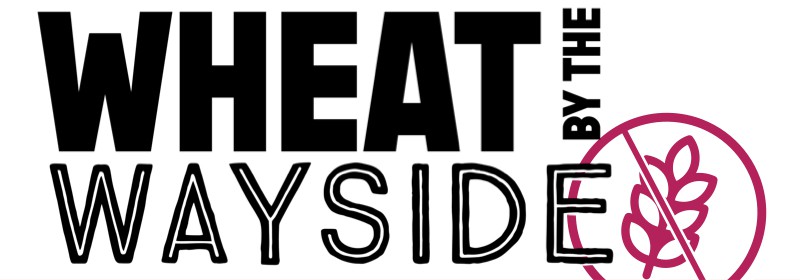

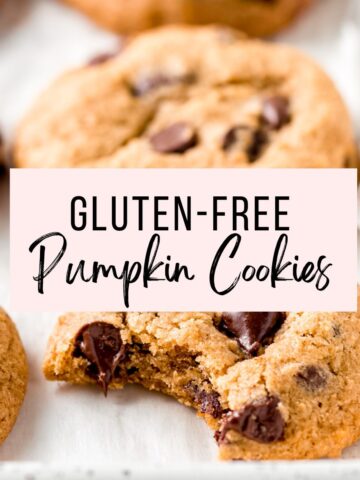
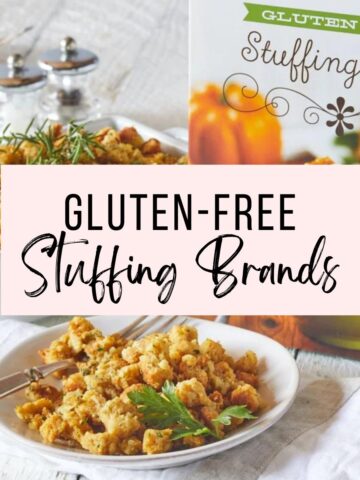
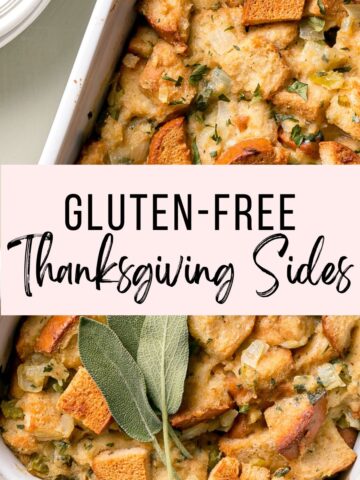

Comments
No Comments